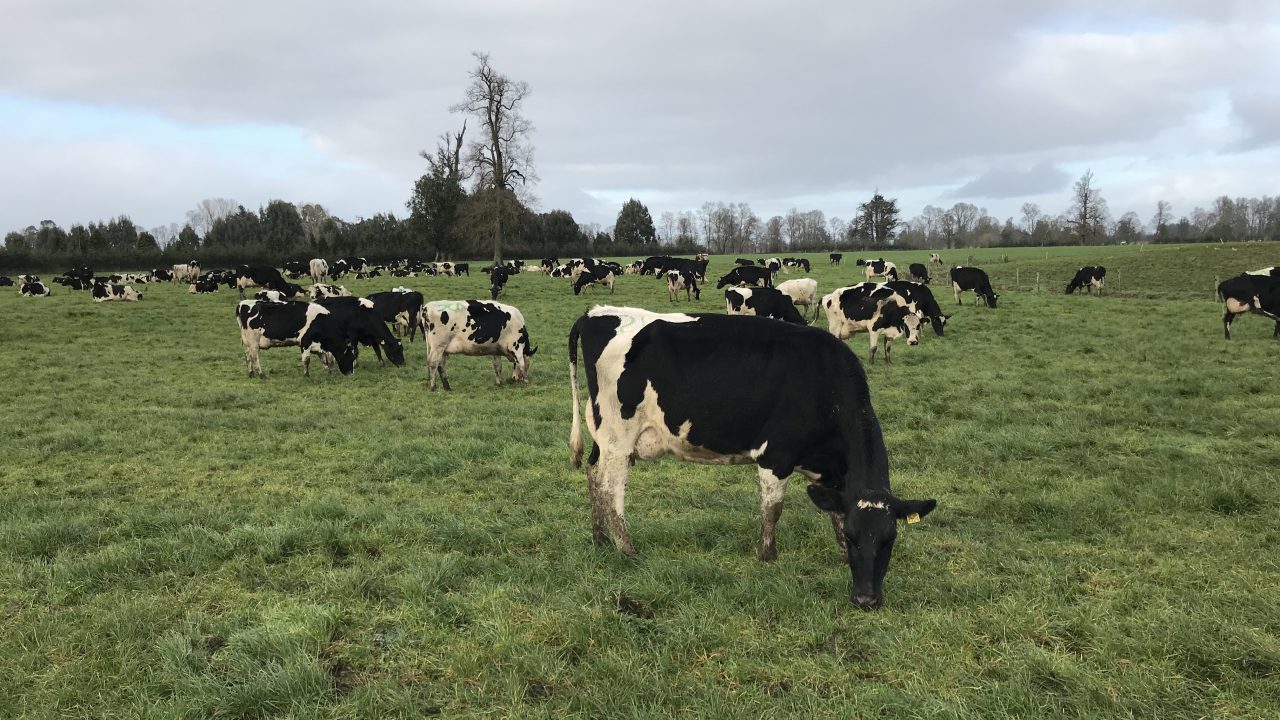Autumn has arrived and dairy farmers are now focused on the building of grass covers to extend their grazing season.
On a recent episode of the ‘Let’s Talk Dairy’ webinar, Stuart Childs explained why an autumn grazing plan is important, to ensure grass is available for early next spring.
Autumn grazing
The closing of paddocks starts from October 10 onwards – on wetter farms this should be one to two weeks earlier.
The aim is to get 60% of the farm closed by November 1, and the remainder of the farm closed by mid-November.
It is important that once paddocks are closed, they are not grazed again this year.
If the weather is good and ground conditions are good it can be hard to house animals. Yet, you have to resist the urge to continue grazing and you must house animals – failure to do so will impact grazing the following spring.
The order in which paddocks are closed is also important to ensure that grass in available in the correct paddocks in spring of next year.
First 30%
Stuart explained that the first 30% of paddocks you want to be grazing in the spring are your driest paddocks, that have multiple access points, provide shelter and have a cover of between 800-1200kgDM/ha.
When selecting these paddocks for early spring-grazing, it is important that they have the correct cover in February, and to ensure these paddocks have the correct cover they need to be grazed in late October.
These paddocks should be grazed for the final time this year between October 20 and November 1.
If these paddocks are grazed before that, first cover will be too heavy and clean out will be poor. After calving, cows’ intakes are reduced – grazing too heavy of a cover will only lead to a poor residual.
Paddocks grazed after November 1, will have a cover that will be too low and too much area will be grazed in February.
Second 30%
The second 30% of paddocks are to be grazed in the spring of 2021 from March 1, until March 17.
These paddocks should be closed by October 20 – they can often be further away from the yard. These paddocks may be selected because the access might not be as good initially.
When you go to graze these paddocks they should have a cover of >1,200kgDM/ha. By the time you graze these paddock a large number of the cows should be calved and intakes will have increased.
Final 40%
The final 40% of the farm to be grazed in spring should be the paddocks furthest away from the yard. They might be the paddocks with the poorest grazing infrastructure and/or silage ground.
These paddocks should be grazed last, in the autumn. By the time you reach these paddocks the majority, if not all the cows should be calved.
A large number of cows will be grazing, and ground conditions should also have improved by this time of the year to the handle the larger number of cows.
